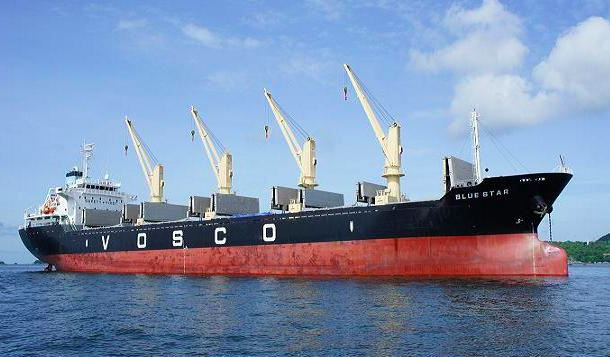 Economy
Economy

Experts have raised concerns that Vietnamese businesses are slow in preparing conditions to enjoy preferential tariffs in the Việt Nam-EU Free Trade Agreement (EVFTA).

|
| The country expects to surpass Bangladesh to become the second largest textile and garment exporter to the world market after the EVFTA comes into effect. — Photo baodautu.vn |
HÀ NỘI — Experts have raised concerns that Vietnamese businesses are slow in preparing conditions to enjoy preferential tariffs in the Việt Nam-EU Free Trade Agreement (EVFTA).
Nguyễn Hải Minh, EuroCham vice chairman, said the EVFTA has taken effect from August 1, but only 2 per cent of 8,600 local enterprises know the details of this FTA and about 20 per cent of them know about the agreement at all. The important thing is that they must really understand the content of this agreement and its conditions.
Minh said some textile enterprises are choosing whether or not to meet the rules of origin to enjoy preferential tariffs in this FTA. At present, the main import material of Vietnamese textile enterprises is still from China, so if they do not change suppliers their products can not satisfy the origin requirements in the EVFTA.
“Some businesses say that if they buy the materials from eligible suppliers with higher prices to enjoy tariff preferences, it still won't be as profitable as buying materials from China to enjoy the tariffs according to the EU's Generalised scheme of preferences (GSP) at present.
“However, Vietnamese businesses need to know that right after the EVFTA comes into effect, the GSP tariffs would end,” Minh told the Đầu Tư (Investment) newspaper.
In addition, the EVFTA's rules on origin are quite complicated. The complexity is the reason that many Vietnamese face mask manufacturers are ineligible to export to the EU, even if they already have customers, because they do not have the required medical certificates.
Vietnamese businesses also do not understand clearly about food hygiene and safety conditions when working with European partners, Minh said.
Another problem is the material region. He said, at the beginning of this year, when EU enterprises announced they would stop using plastic packaging, instead of recyclable materials, many Vietnamese businesses have immediately changed to use paper and bamboo packaging.
However, when the EU businesses required information about material region for producing the packaging, Vietnamese enterprises could not identify eligible material regions.
The planning of raw material regions for Việt Nam’s many export products is challenging for businesses and also the Government, Minh said.
Trương Văn Cẩm, deputy chairman of the Việt Nam Textile and Apparel Association, said the association continues to request the Ministry of Industry and Trade to complete the Textile and Apparel Development Plan until 2035, which must clarify requirements for the construction of concentrated industrial parks for textiles and clothing, including waste water treatment.
Therefore, the textile and garment industry could have large dyeing and textile projects with products meeting the EVFTA's origin requirements and also CPTPP requirements, Cẩm said.
The country expects to surpass Bangladesh to become the second largest textile and garment exporter to the world market after the EVFTA comes into effect. It could be difficulty reaching this goal if the domestic textile and garment sector does not have a supporting industry, Deputy Minister of Industry and Trade Trần Quốc Khánh said.
Vũ Tiến Lộc, chairman of Việt Nam Chamber of Commerce and Industry (VCCI), also agreed with this proposal and said that it is an important issue that needs attention from ministries and sectors.
Việt Nam could not promote textile and garment exports if the country does not create favourable conditions to develop the auxiliary industry for the textile and garment sector as well as call on investment to this industry.
VCCI has proposed the National Assembly to formulate the Law on Auxiliary Industry for receiving a new wave of foreign direct investment, Lộc said.
The State also needs institutional reforms, complete the legal framework, and improve investment and business environment to meet the EVFTA requirements, he said. — VNS